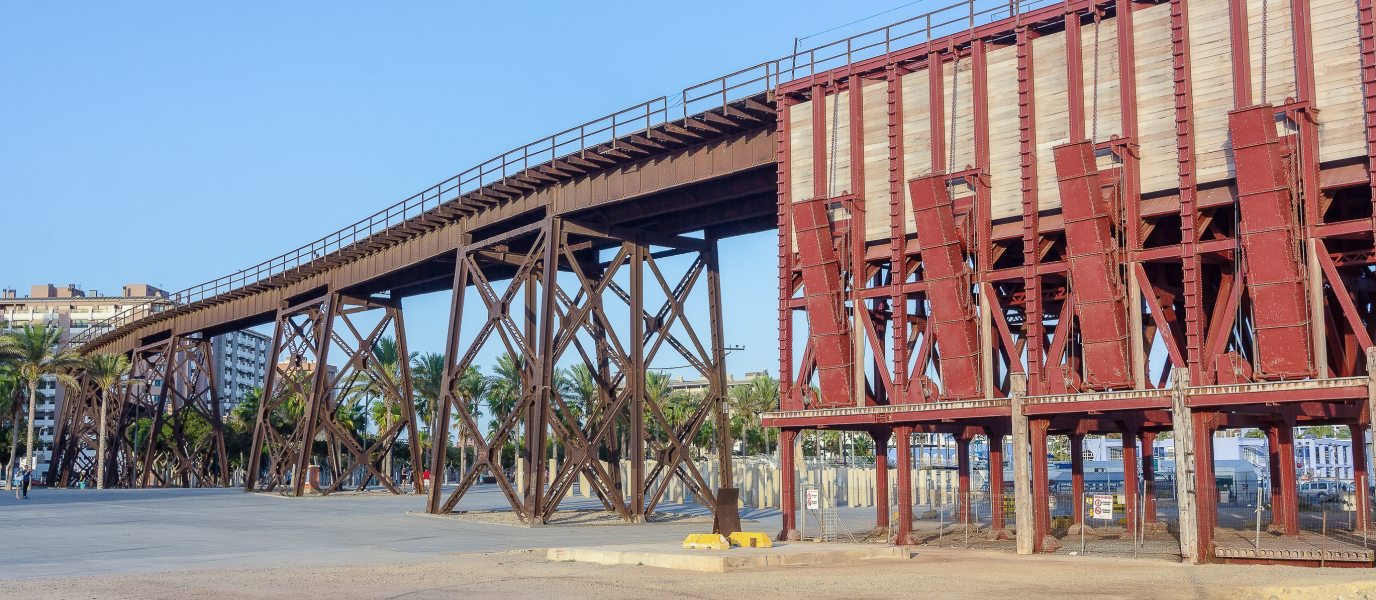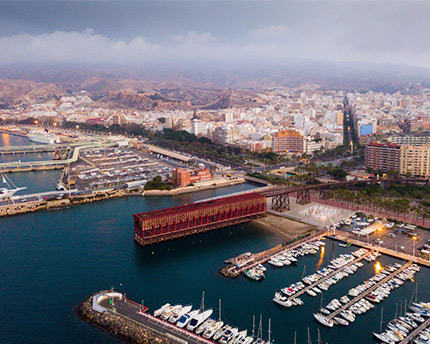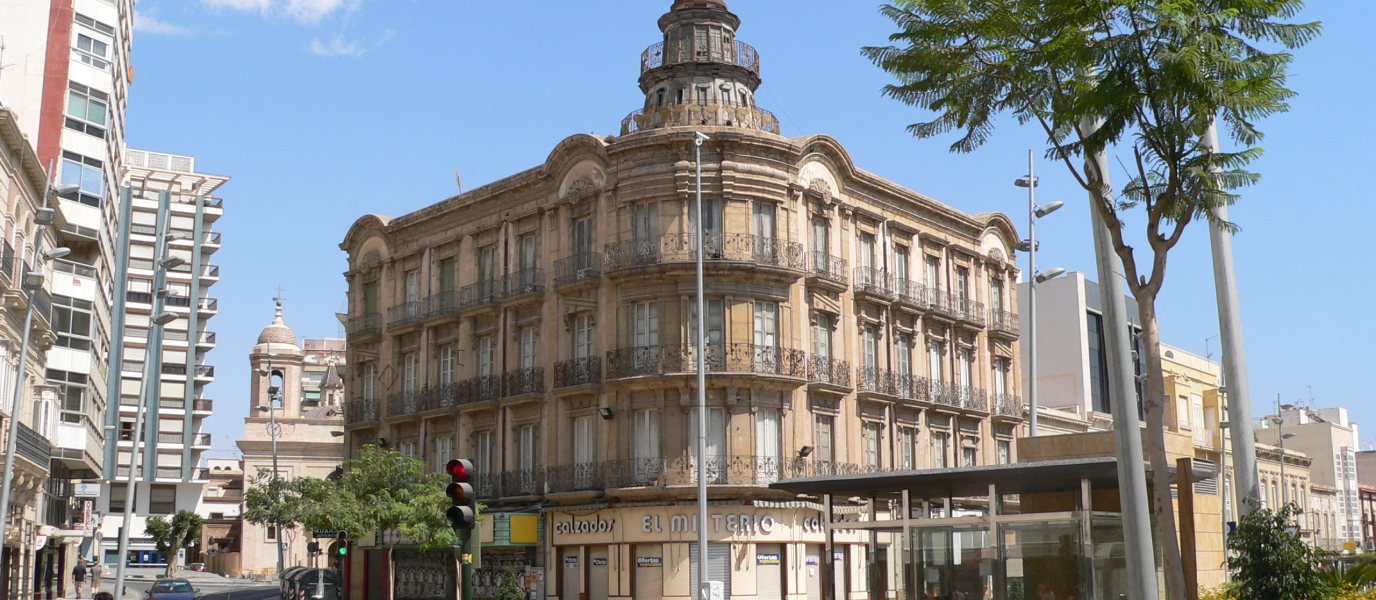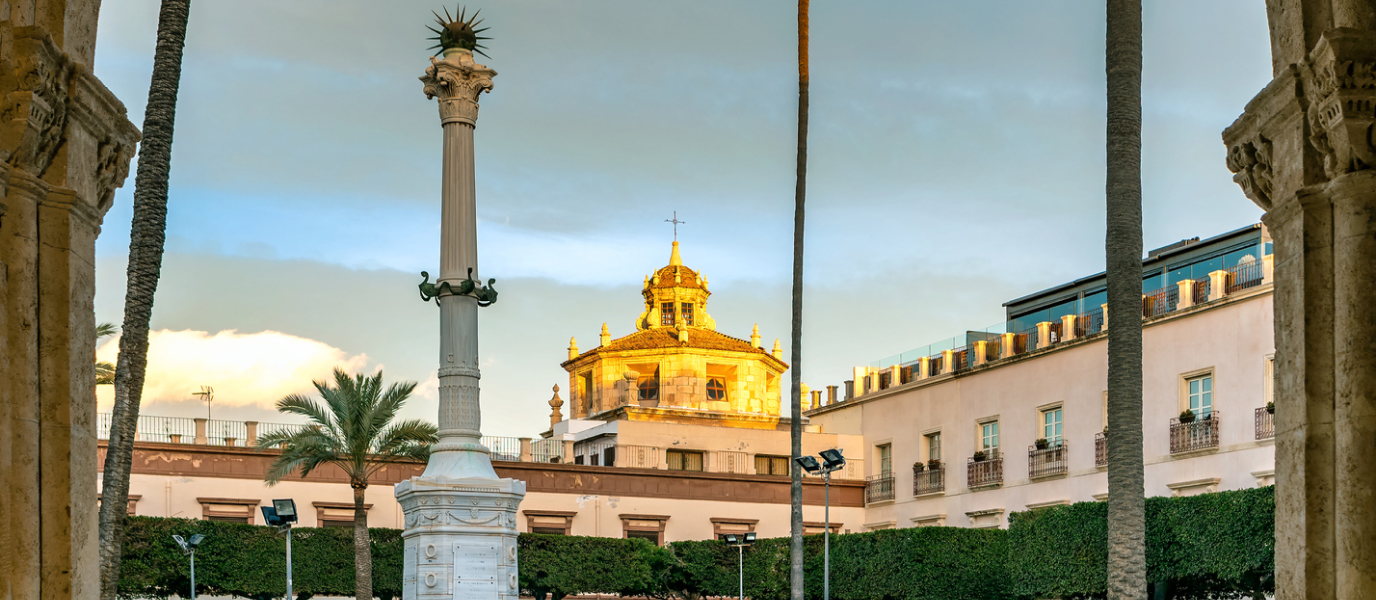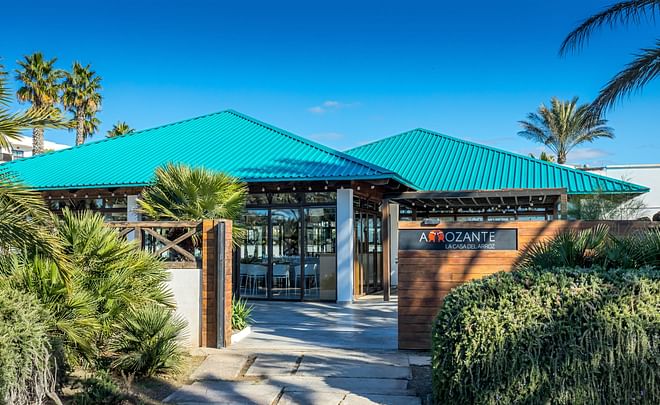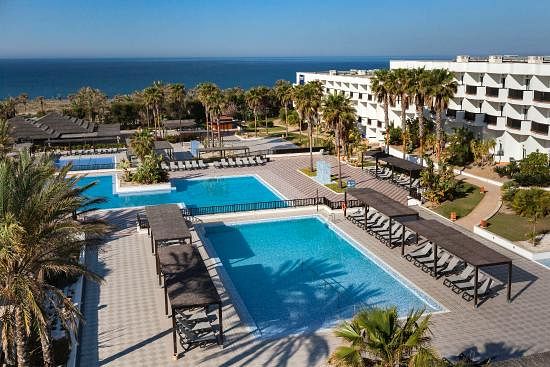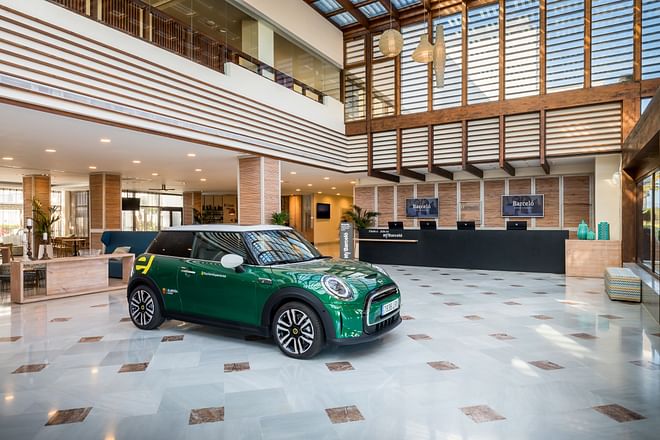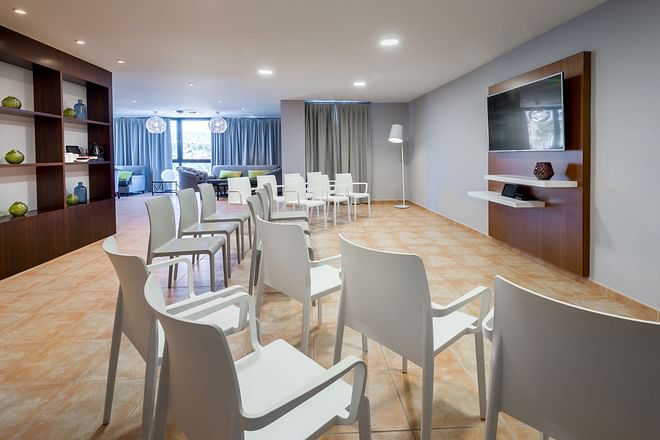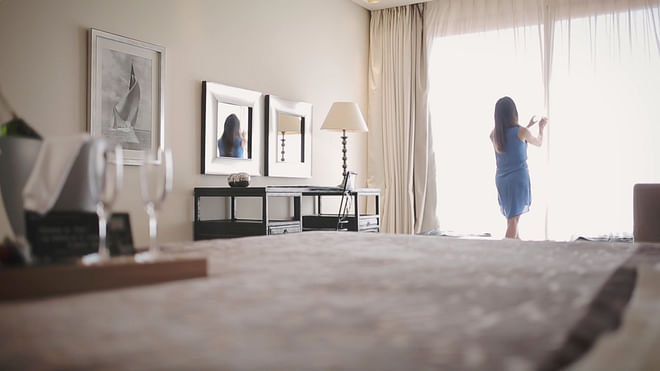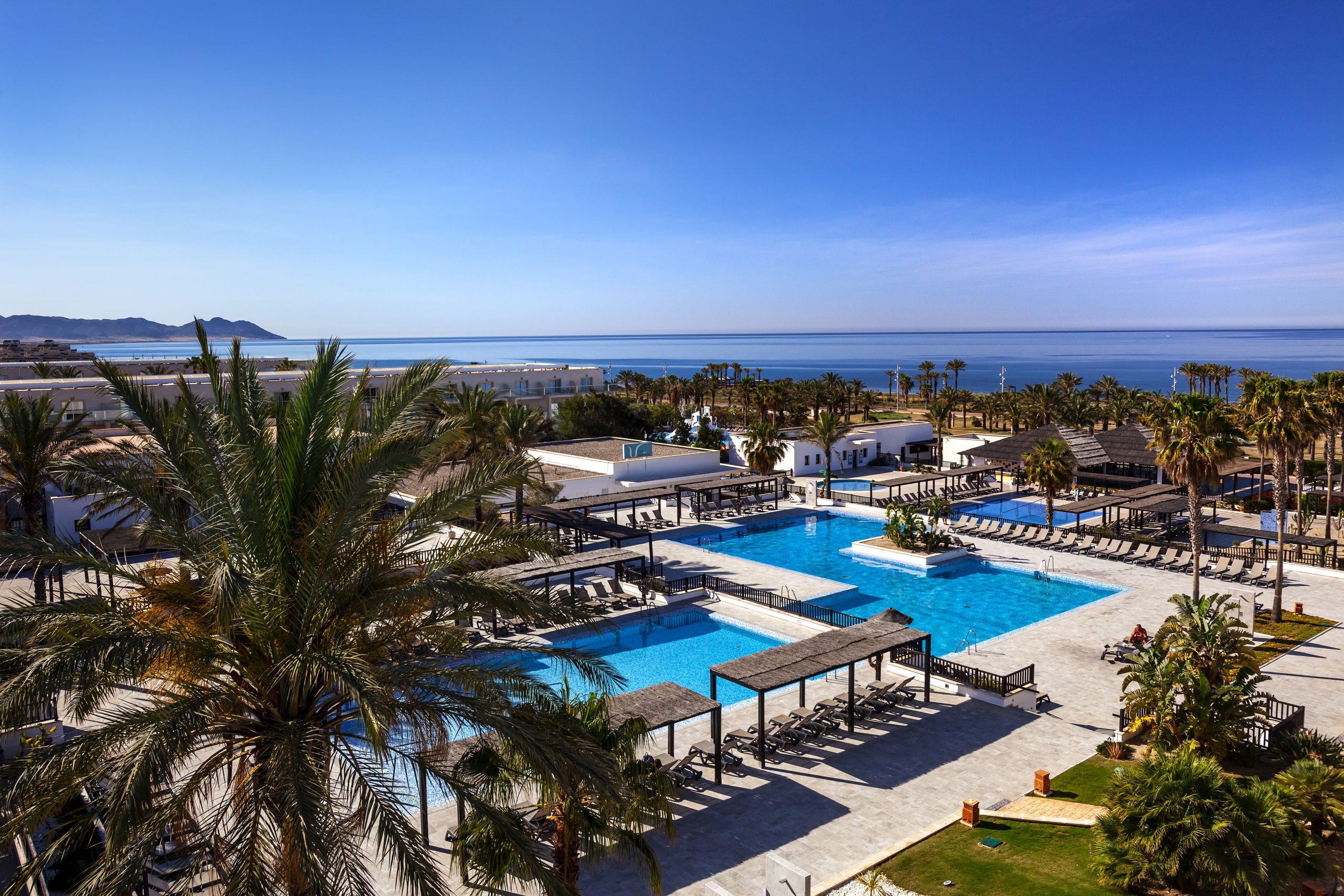The Cable Inglés, or English Pier, in Almeria is an ancient loading pier that was used in the 20th century to transport iron from the train station to the cargo ships docked in the port of Almeria. The pier remained operational until it was closed down in 1973. It is an important symbol of Spain’s industrial heritage and the mining and rail boom that marked the century in Europe.
This fascinating iron, steel and concrete pier runs through Playa de las Almadrabillas. It was built to connect the Train Station of Almeria directly to the port so cargo ships could be loaded with iron ore from the local mines.
The Cable Inglés is an important landmark and it was declared a Cultural Heritage Site. Preserving the pier is preserving an important part of the economic history of Andalusia and Spain.
The Cable Inglés: Almeria’s loading-pier for iron ore
The need for the Cable Inglés can be traced back to the eruption of 20th-century industrialisation, the booming Andalusian mining industry and the development of the railway infrastructure in Spain. Industrialisation cut production and transport times in half and saving time was key in performing tasks that could only be performed once.
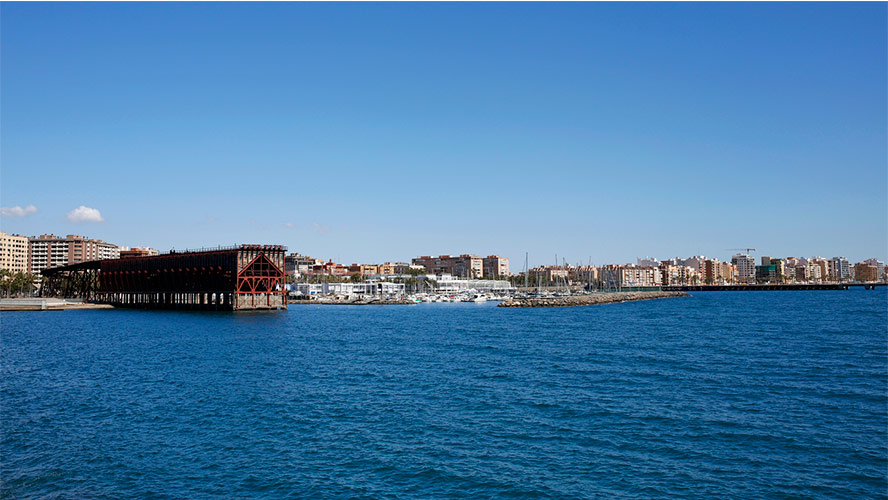
Located in Granada, the Alquife Mines were operated by the Scotland-based company The Alquife Mines and Railways Company and were the first-ever mining operation in Spain. The iron ore was transported from the mines to the Port of Almeria, where the ships would be loaded before setting sail for Glasgow. Tonnes and tonnes of ore were being pumped out of the mines but workers were unable to keep up so piles began to accumulate alongside the road.
The Company needed to invest in an infrastructure that could speed up the loading process. The first step was to build a railway connecting the cities of Linares and Almeria. Then, they needed to connect the trains to the cargo ships. The company commissioned the construction of a pier to connect the port to the train station, located approximately a kilometre away. The trains could pull up beside the cargo ships and unload the iron directly.
The Eiffel style
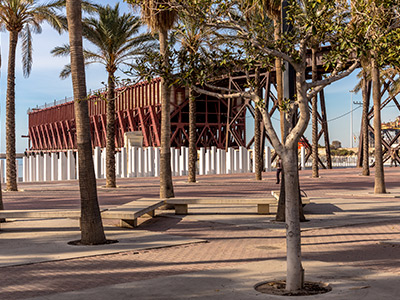
Construction of the Cable Inglés began in 1902. It required 3.8 tonnes of steel, 8,000 m2 of wood and concrete and more than 1 km of rail. The structure rises 17 m high and runs 100 m, while the railway track runs 900 m to the train station. It was such an important engineering feat that it was inaugurated by the King of Spain himself, Alfonso XIII on 20 April 1904.
Many railway bridges of the 20th century were heavily influenced by the French engineer Gustave Eiffel. The design of the Cable Inglés used Eiffel’s technique of iron pillars with sleepers to provide the necessary support to the structure. With an aqueduct-like appearance, the Cable Inglés runs from the train station all the way the way to the sea. It was built at a height so that it was easy to unload the cargo to the ships. The cargo would be unloaded into tanks that formed part of the structure before being deposited onto the ships.
70 years in operation
If it used to take 10 days to manually load 8,000 tonnes onto a ship, the Cable Inglés cut down that time to less than 10 hours. The loading pier was in operation until 1973. During the Francoist years, the pier was nationalised and its use gradually declined.
In 1980, the Cable Inglés’ fate seemed to be demolition, but the Culture Council of Andalusia believed it should be declared a Cultural Heritage Site, and in 1998 it finally received that status. The well-conserved Cable Inglés is an undeniable component of the social fabric of Almeria. It is brightly illuminated at night, making it a curious sight to visit at night time.
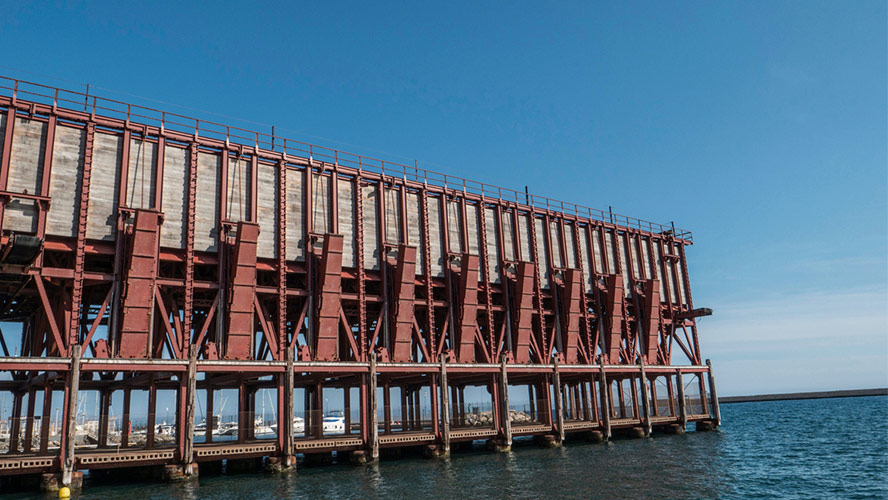
The Cable Inglés passes through Parque de las Almadrabillas. This park also houses a monument composed of 142 stone columns to commemorate the 142 Almerian Jews who were sent to and died in the Mauthausen Concentration Camp in Austria. The monument forms part of a network of landmarks dedicated to the historical memory of Andalusia.
The Cable Francés
There is a more modern replica of the Cable Inglés just 500 m away – the Cable Francés. This pier is 313 long and made from concrete.
The Cable Francés was built in 1920 over Playa de San Miguel. It was also built to make the unloading of iron from the Alquife mines more efficient. Since it was much larger than the Cable Inglés, it was able to unload up to 20,000 tonnes of iron ore.
The Cable Francés still stands and is another example of the importance of the mining industry in Andalusia.
The Cable Inglés is just one of many other fascinating sights in Almeria. Read our travel guide for our round-up of the top things to do in Almeria!

























































